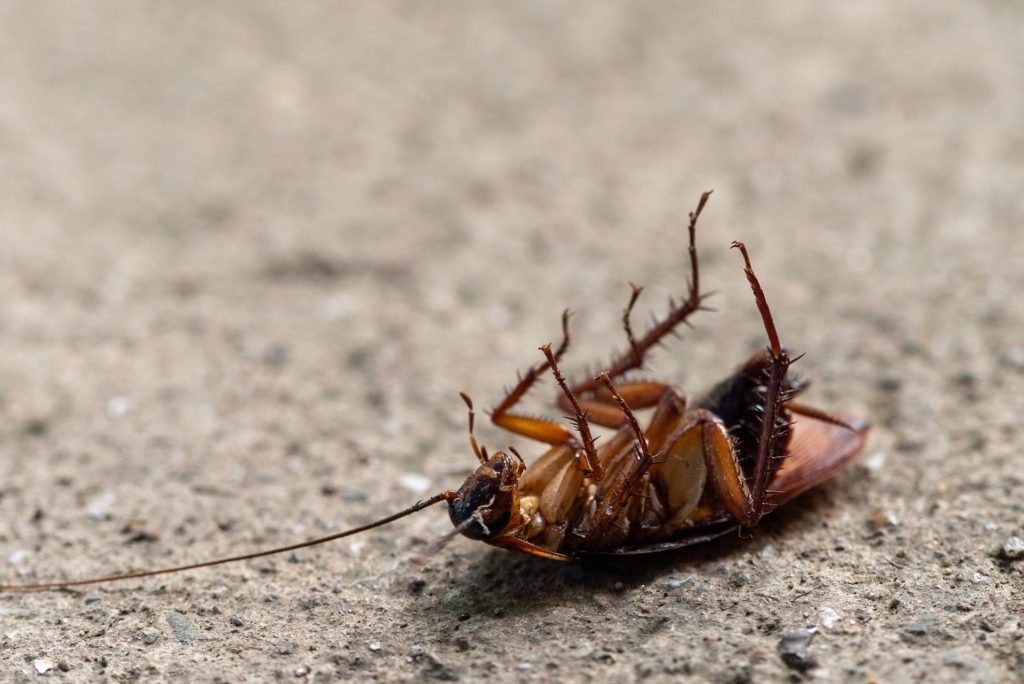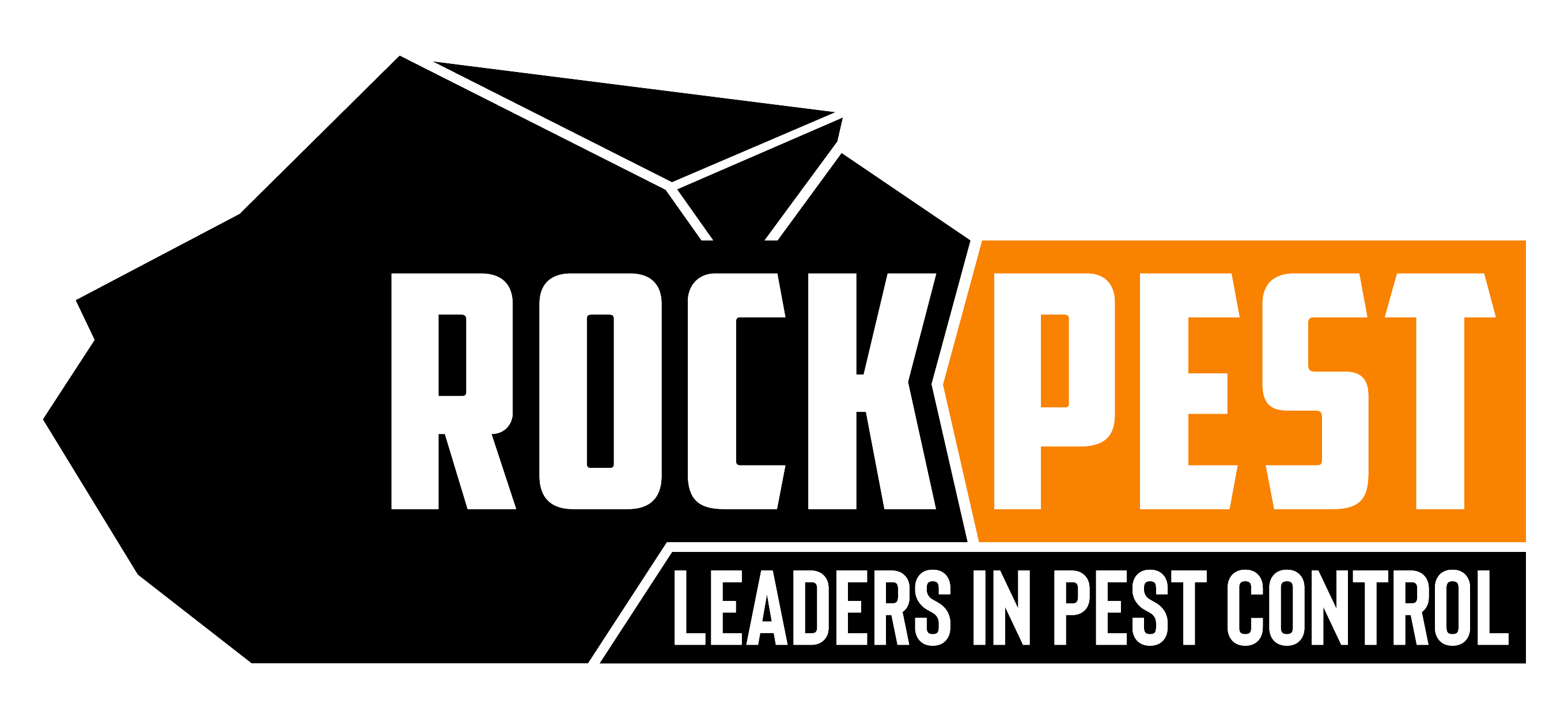The Role of Moisture in Wood Cockroach Infestations: How to Address Excess Moisture to Prevent Pests
Moisture plays a major role in many pest outbreaks, including wood cockroaches. These critters are often found in leaf litter, underneath logs, and numerous outdoor areas that retain moisture. While they occasionally make their way indoors, they cannot survive long without damp organic material as they easily get dehydrated and die. For this reason, they are mainly considered pests within yards, gardens, or even indoor spaces that have a lot of moist, decaying matter.
Below, we discuss why moisture is important to their survival, fast facts about them, and how you can control a wood cockroach infestation on your property.

Why Do Wood Cockroaches Love Moisture?
Like most pests, wood cockroaches need to water supply to survive. Many other species of cockroaches can even survive up to 3 months without food, but cannot survive a week without hydration. Because of their genetic makeup, wood cockroaches are even more susceptible to getting dehydrated than other critters. Moreover, their natural habitat is within moist woodland areas, and have to adapt their daily lifestyle to support this.
What Do Wood Cockroaches Look Like?
Like most roaches, wood cockroaches are reddish-brown or dark brow, and have oval-shaped bodies that are relatively flat. They have six long legs and two antennae. While adult males can grow long wings that allow flight, females only have small wing pads that are merely for display. Most adult wood roaches have a pale, off-white stripe on the outer edge of their body, which is the main physical attribute that sets them apart from other species.
What Do Wood Cockroaches Eat?
Similar to termites, wood cockroaches love to eat decaying organic matter such as dead trees, rotting wood, plant waste, leaf piles, and the like.
Signs Of A Wood Cockroach Infestation
Wood roaches, unlike other cockroach species, are not very secretive or scared of humans. Because of this, they don’t necessarily run away when you enter a room and they tend to wander around in search of food. This minimizes the need to look for “signs” as they don’t do so well hiding anything.
Moreover, they mainly feast on moist, decaying matter – not your wooden furniture or walls. You shouldn’t expect to see nibbles and shredded wood because of them. Lastly, they can’t mate indoors as they thrive mostly in natural habitats.
However, they can occasionally leave pepper-like droppings or skin, which can be a health hazard.
How To Prevent Them By Controlling Excess Moisture
These roaches are not prone to infesting homes, but you can further prevent the occasional visit by controlling excess moisture inside. You can do so by:
- Fix any leaky faucets and pipes
- Do not leave drains clogged to avoid water buildup
- Ensure crawlspaces are well-ventilated
- Use a dehumidifier
- Ensure your ceiling and walls are patched up, especially during stormy weather
- Always clean-as-you-go in the kitchen and dining areas
- Keep your gutters and downspouts clean and turned away from the house
- Get a clothesline for laundry that needs to be air-dried
- Get rid of carpets as these notoriously retain moisture
Conclusion
Wood cockroach infestations are not common indoors, unlike American cockroaches. They can mostly be found infesting your outdoor space, but even then, they are more of a nuisance than a threat to the structural integrity of your home. No matter what kind of roach you are dealing with, don’t hesitate to call Rock Pest Control to get it sorted out!
